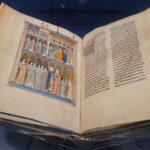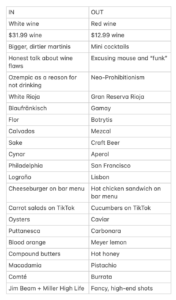 I learned the very sad news on Sunday that Martyn Cornell of Zythophile and many other things had died. Within minutes the tributes started being shared. Martyn was a veteran journalist and news editor, beer writer and historian. And a traveller, whether for newspaper work in Hong Kong or in Chile as a recent hotel breakfast buffet partner for Ron. I first met him in the comments left at this here blog twenty-two years ago when he left a note on my review of Pete Brown’s first book. We soon chatted again when, as invited, I reviewed Martyn’s first book a few month later and the conversation pretty much continued for over two decades after that.
I learned the very sad news on Sunday that Martyn Cornell of Zythophile and many other things had died. Within minutes the tributes started being shared. Martyn was a veteran journalist and news editor, beer writer and historian. And a traveller, whether for newspaper work in Hong Kong or in Chile as a recent hotel breakfast buffet partner for Ron. I first met him in the comments left at this here blog twenty-two years ago when he left a note on my review of Pete Brown’s first book. We soon chatted again when, as invited, I reviewed Martyn’s first book a few month later and the conversation pretty much continued for over two decades after that.
As many have shared, he was fun and clever company. He’d get mad at me – usually quite deservedly – and yet would kindly share tips and ask for leads. Now a decade and a half ago, we had a great time on the wiki project reviewing the OCB. As I wrote to Alistair on Facebook after the news of his passing was shared, Maryn had such a singular presence, both impatiently crotchety and entirely encouraging at the same time. It was all one thing. He just wanted more of us to be writing more, all building the body of knowledge. In the running to do list I keep there was a task I had left for myself: “dig up note for Martyn.” More about the 1600s English strong ales named after their cities. I never around got to it. Craig had some particularly fine words:
I’m not sure beer history writers count as celebrities. But if they do, there must be a pantheon of the mild-mannered—and surely at the top of that list was Martyn Cornell. I don’t get starstruck often, but sharing a pint with him in Colonial Williamsburg came pretty close. Before that, our conversations had been limited to late-night emails—questions, thoughts, rabbit holes. He always replied. And his replies always led me deeper down the trail. Martyn was whip-smart, a bit shy, and deeply committed to facts. He had no patience for myths or baloney—not out of pedantry, but because he believed the truth was always more interesting than the fiction. He was my friend, and I will miss him.
He always replied. That was Martyn. Very sad news.
——————————
I am going to post a few news items this week but perhaps not at much as one a normal one. Starting with one that certainly in line for Martyn’s wish for us all, Phil Cook hosted another excellent edition of The Session in which many beer who like to write about beer wrote this month about beer in art. Plenty of good entries and the annoucement that we need someont to continue the relay as Phil summed up:
Massive thanks to everyone who contributed; it’s a great collection of observations. No one has, as yet, put up their hand to volunteer for the June edition so if you have an idea, let me know. It’s a little work, but a lot of fun.
And, speaking of travels, Matt Gross shared a detailed portrait of Q Bar in Ho Chi Minh City, Vietnam, a hidden hotspot he frequented in the 1990s:
Eventually, I realized I had been regularly flying right past it on my 70cc moped, and I understood why I’d overlooked it: Q Bar was tucked into the side of the Saigon opera house. Of all places! This Beaux-Arts edifice, built by the French colonial powers and opened in 1900, this 500-seat hulk that anchored key streets at the core of District 1, had a warren of dark little rooms off to the right, and a tiny patio and a strip of grass. This was Q Bar. I simply had never passed by at the correct hour to note that, as the sun began to descend, this small patch began to fill up with expatriates, with returning Vietnamese from France, Canada, the United States, and beyond, and even with some locals who, perhaps earlier than others, understood that Q Bar was not just the best bar in Saigon but among the best bars in the world.
 And Lars has been travelling east – very east in fact – on journey to discover all he can about farmhouse ales. He was in Alsunga, Latvia meeting with a Suiti brewer who had some pretty rustic techniques leading to a good drink:
And Lars has been travelling east – very east in fact – on journey to discover all he can about farmhouse ales. He was in Alsunga, Latvia meeting with a Suiti brewer who had some pretty rustic techniques leading to a good drink:
Visiting a brewer in Alsunga today, belonging to the Suiti minority, which is Catholic. He’s brewing for midsummer. He ties rye straw around the pole for the lauter tun. In the lauter tun is juniper (usually), rye straw, and birch twigs. Lovely raw ale, soft and mild, with notes of juniper and also honey. Could drink this all day. Cooling the wort in the local pond across the road.
Transporting you elsewhere, David Jesudason is transporting us further with his first installment of Just A Bite, to a carpark in England to eat Kenyan influenced fare from a van:
…to land here in Denmark Hill is odd. It’s bizarre that in such a bleak, concrete location – literally everywhere you look is brick, tarmac or truck wheels, despite being so near Ruskin Park – you can have such transcendent food. Now I’m not saying something as hyperbolic as one bite whisks you to the Kenya savannahs of Bharat’s childhood but the spicing is so balanced that it offsets the heat of the chili; and tastes far more regal than you’d expect food to be at a polluted business park just off a forgotten part of Coldharbour Lane. The tikka pieces are almost burnt, crispy on the outside but delicately soft in the middle, while masala chips have a zesty coating of ginger and cumin. I’m a complete fan boy for the mint chutney that doesn’t scrimp on the fire.
Laura Hadland in another of her regular contributions to The Telegraph wrote about what beers can be found at local Lidl, the grocery chain, and she was looking for bargains:
I put Lidl’s beer range through a rigorous taste test to mine for quality bargains. This included a selection of Lidl’s own-label products as well as some of the well-known brands it offers… Examining the range as a whole, I quickly noticed that almost every bottle is labelled “premium”. To paraphrase The Incredibles, if everything is super then nothing is – the descriptor loses all meaning. I therefore tasted the range blind, to prevent undue influence from the packaging or my own personal bias.
It’s unclear when younger drinkers started souring on bar tabs, but there’s a through line between the Covid-19 pandemic and shifting bar habits. “During and after the pandemic, more people started using cards,” said Doug Kantor, an executive committee member of the Merchants Payments Coalition, a retailers group. Coupled with Gen Z’s distaste for carrying around cash (or a physical wallet, for that matter), the ubiquity of mobile payment options, such as Apple Pay, has contributed to the decline of bar tabs among 20-somethings.
Also speaking perhaps of budgeting in another sense, over there on the US west coast, the much heralded sale of Anchor Brewing to Chobani yogurt billionaire Hamdi Ulukaya of a year ago has led to questions today, as reported by Truong and Kane in The San Francisco Standard:
Through fencing at the old Anchor Brewing taproom in Potrero Hill, passersby can spot a branded, baby-blue, 1940s-era GMC truck at one end of a lot overgrown with weeds. Since July 2023, when Japanese beer giant Sapporo vacated the complex, both the monolithic off-white Art Deco headquarters at 1705 Mariposa St. and the taproom across the street have remained idle. Now, vines and delicate purple flowers snake through the truck’s rusting grille — and San Francisco beer drinkers continue to go without longtime favorites Anchor Steam, Liberty Ale, and the annual Christmas Ale. It wasn’t supposed to be this way. Exactly one year ago, billionaire Hamdi Ulukaya posted a video on social media in which he sports an Anchor baseball cap and explains that he’d purchased the defunct company and was eager to take on the responsibility of reviving the country’s oldest craft brewery.
Similarly perhaps, Rob Sterowski of I Might Have A Glass of Beer… wrote about the sale of the last remaining family-owned Kölsch breweries, Malzmühle, to one of the others, Gaffel:
The puzzling thing about all this is that Malzmühle, just a couple of years ago, itself took over another of the remaining independent breweries, Sünner. And that is staying open – so they say at the moment, at least. So they still have a brewery where they could produce Mühlen Kölsch. Can they really buy in beer from a competitor more cheaply than they can brew it themselves? Even if Gaffel is substantially bigger than Sünner? One can only speculate that the contracts being signed commit Gaffel to supplying the Malzmühle with beer at a very favourable price.
I liked Gary‘s piece about a study by a futurist of the past, Dr. Leonard Kent of the advertising agency Needham Lewis & Broby, projecting his 1960s desire for a better beer – something that he may have to wait for a couple of decades to try:
The solitary drinking experience, as he called it, sounds oninous in our neo-prohibitionist 2025. He meant, thought, at least in part, brewers should make a higher quality product. A product reflecting romance and mystery v. the bulk “sameness” of American beer as it was then. Beer that could be enjoyed more in a wine setting, outside that of the popular image of tronged tavern consumption.
And in Pellicle, the fabulous Rachel Hendry and the fabulous Anaïs Lecoq tag teamed to tell the tale of the litre bottle of Cidre Breton from their respective points of view:
The rustic, rural nature of Cidre Breton’s style, the farmyard imagery and the simplistic label design that speaks to a small scale cider operation that no longer exists, the uncomplicated bottle shape that signals to milk and soft drinks as opposed to high end fine wine all work to put a consumer at ease. There is no trace of poshness or pretentiousness here, all are welcome. Cidre Breton is a cider from the people for the people, that extra 250ml a gesture of diplomatic goodwill. To Britain, Cidre Breton becomes an emblem of an accessible France, something attainable to most, regardless of finances and status. A franco-take on a British heritage—orchards and cider are intrinsic to rural, working class stereotypes of Britain after all—allowing us, litre by litre, to drink exactly as the French do.
That’s it for this dimmed week. Looking back, sifting through emails and posts, I had forgotten that I invited Martyn to my fantasy dinner in 2007. I suggested we have a “good thick 1700s West Country white beer as a stand alone first course” to get the conversation going. He accepted. Sad stuff. Until we meet again in a happier moment, please check out Boak and Bailey every Saturday (…as long as all their holiday fun doesn’t get in the way…) and Stan (….back again this Monday and very nice of him to notice what I wrote). Then listen to a few of the now rarely refreshed Lew’s podcasts and get your emailed issue of Episodes of my Pub Life by David Jesudason on the (sometimes even but never) odd Fridays. And maybe The British Food History Podcast. Maybe? And Phil Mellows is at the BritishBeerBreaks. Once a month, Will Hawkes issues his London Beer City newsletter and do sign up for Katie’s wonderful newsletter, The Gulp, too. Ben’s Beer and Badword is out there with the all the sweary Mary! And check out the Atlantic Canada Beer Blog‘s weekly roundup. There is new reading at The Glass which is going back to being a blog. Any more? We have Ontario’s own A Quick Beer featuring visits to places like… Michigan! All About Beer has given space to some trade possy podcasts and there’s also The Perfect Pour. Plus follow the venerable Full Pint podcast with an episode just last month!. And there’s the Craft Beer Channel on Youtube. Check out the archives of the Beer Ladies Podcast. That’s quite good but, hmm, they’ve also gone quiet this year. The rest of these are largely dead. And the long standing Beervana podcast …except they have now stood down. As has We Are Beer People. The Share looked to be back with a revival but now its gone quiet. And the Boys Are From Märzen podcast appears suspended as does BeerEdge, too. VinePair packed in Taplines as well. All dead and gone. There is more from the DaftAboutCraft podcast, too. Nope – that ended a year ago. The Moon Under Water is gone – which is not surprising as the ask was $10 a month. Pete Brown’s one cost a fifth of that – but only had the one post. Such is life. Such is beer podcasting and newlettering!

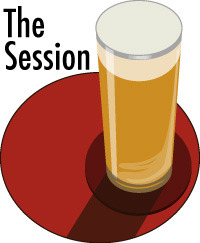


 We have entered a short and ugly season. False spring. Dwindly wintery. The time of dirty snow. After last week’s -20C temps, high winds and back to back blizzards we got the first sense of
We have entered a short and ugly season. False spring. Dwindly wintery. The time of dirty snow. After last week’s -20C temps, high winds and back to back blizzards we got the first sense of 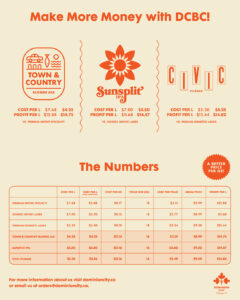 Less regally, Doug Veliky has been asking some questions of brewers in these troubled times and Ottawa’s own
Less regally, Doug Veliky has been asking some questions of brewers in these troubled times and Ottawa’s own  Well, what can you say. Moscow and Washington making
Well, what can you say. Moscow and Washington making 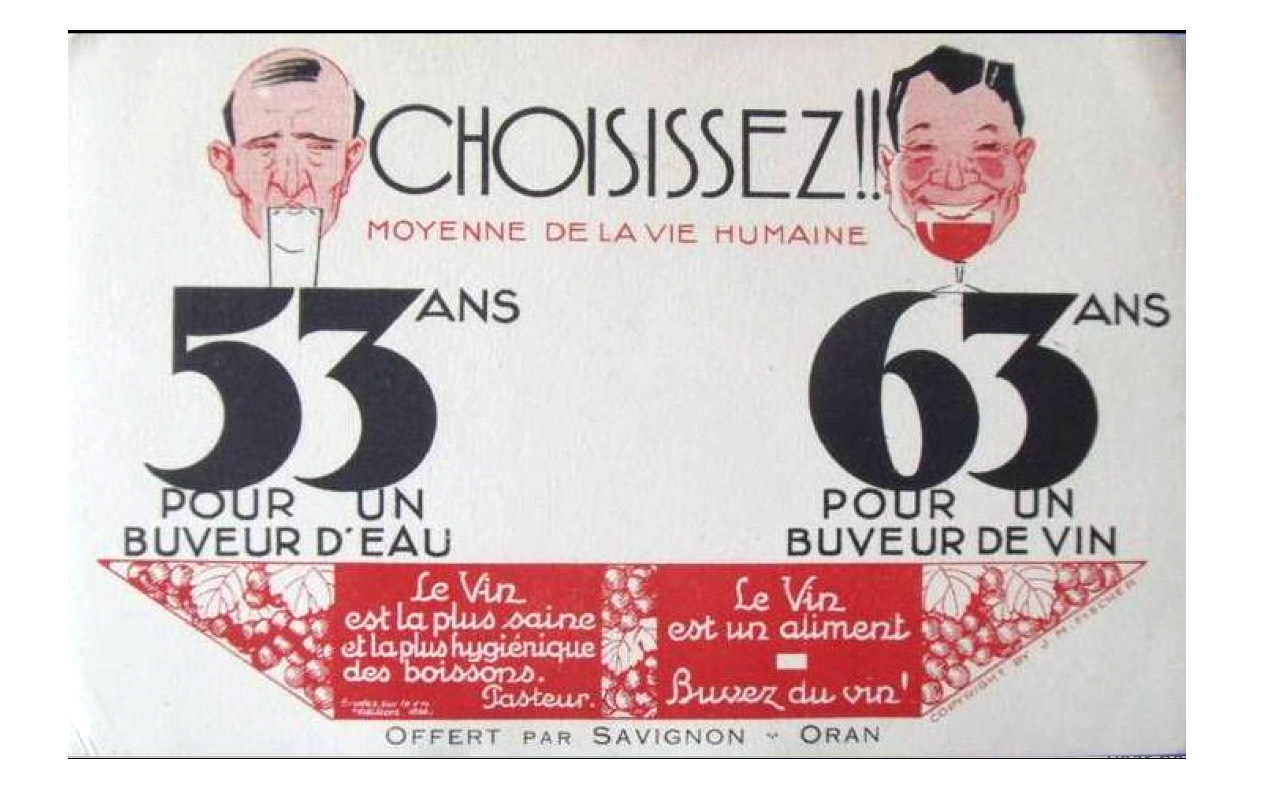
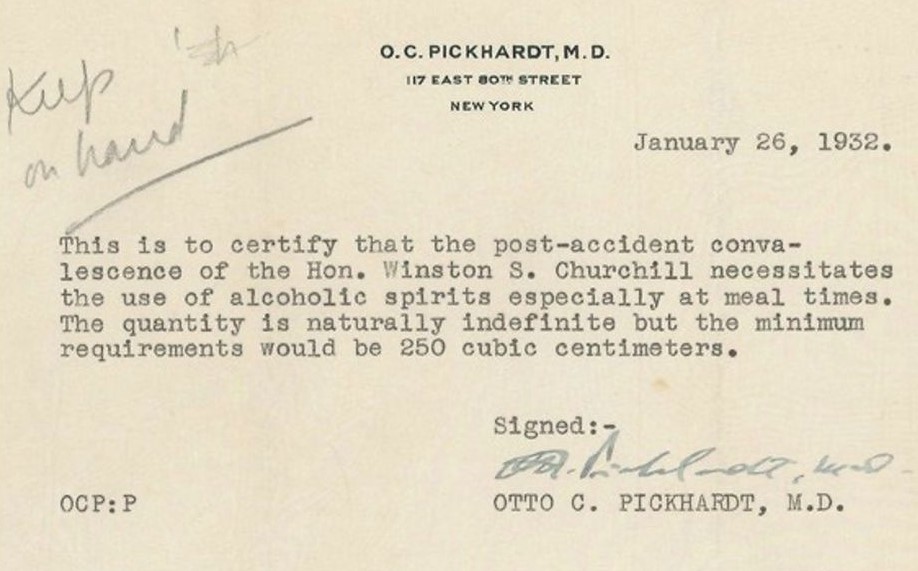
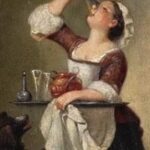
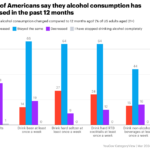 Finally, a reminder. Yes, there are health warnings. But more to the point, there are habits. If you are listening to those who talk of “neo-temperance” you may be missing a mood change that has nothing to do with lobbyists or public health officials. That handy dandy thumbnail is from a
Finally, a reminder. Yes, there are health warnings. But more to the point, there are habits. If you are listening to those who talk of “neo-temperance” you may be missing a mood change that has nothing to do with lobbyists or public health officials. That handy dandy thumbnail is from a 
